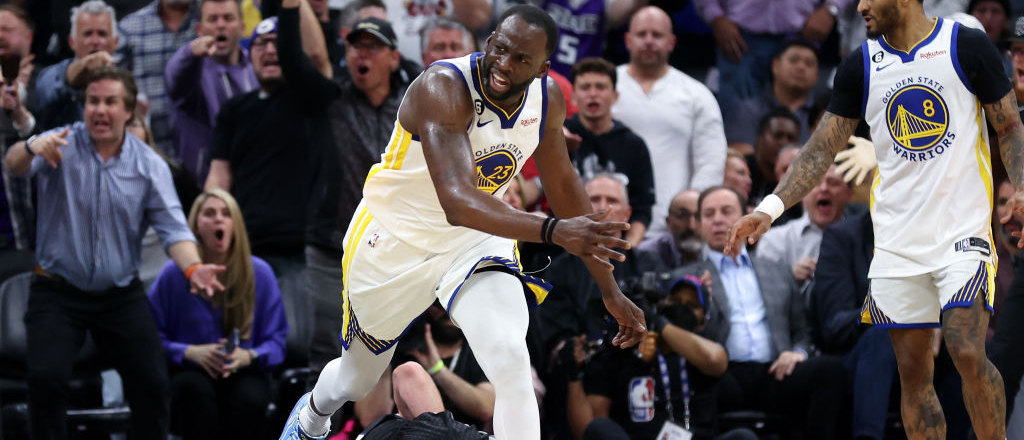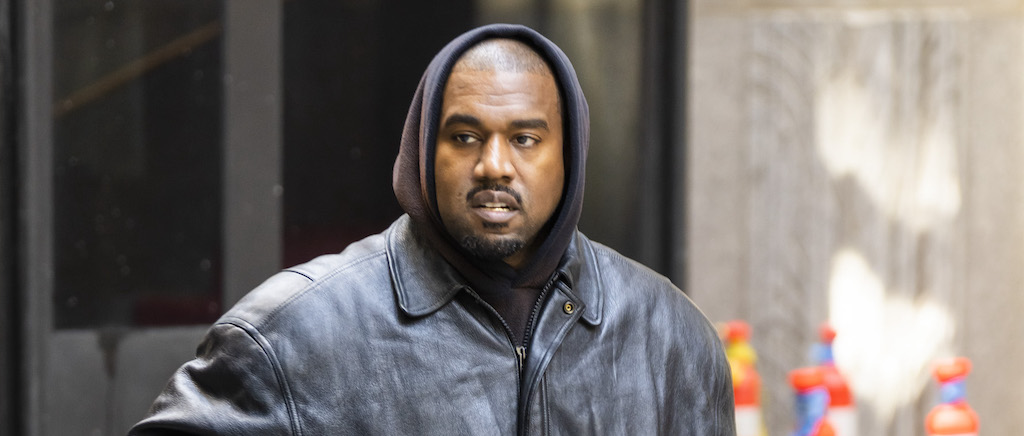
Some of the funniest stuff on Inside the NBA happens when the guys are just trying to get to the end of the show so they can go home, as it is past 1 a.m. on the east coast. We got the latest example of that on the early hours of Wednesday morning when Charles Barkley and Shaquille O’Neal saw Boston Celtics guard Derrick White’s hairline and did their thing, going as far as to compare White to Stephen A. Smith.
Earlier in the day’s NBA slate, the Celtics beat the Atlanta Hawks, 119-106, in large part to the brilliance of White. While filling in for Robert Williams in the starting lineup, White had 26 points, seven rebounds, three blocks, two assists, and a steal, which led to him talking to the media after the game. The guys at the desk saw that clip, which … well, you’ve probably seen what happens when the Inside crew (particularly Shaq and Chuck) find something funny, which led to the two dudes on the ends of the desk riffing for a solid two minutes while they were cracking up.
— follow @dubs408 (@somedubvids) April 19, 2023
Chuck joyously saying “damn, Stephen A, he play for the Celtics!” is the high point, for me. But apparently, this did not sit well with Smith, who Barkley said texted him over the segment. Smith then took the Twitter and reacted to the whole thing, promising that he’d get some revenge on the two Hall of Fame inductees.
Love all of my brothers on @NBAonTNT. But I’m gonna get @SHAQ and Chuck for comparing me with Derrick White. Y’all are gonna pay for that
— Stephen A Smith (@stephenasmith) April 19, 2023
Just a hunch, but this is going to come up on First Take on Wednesday morning.







